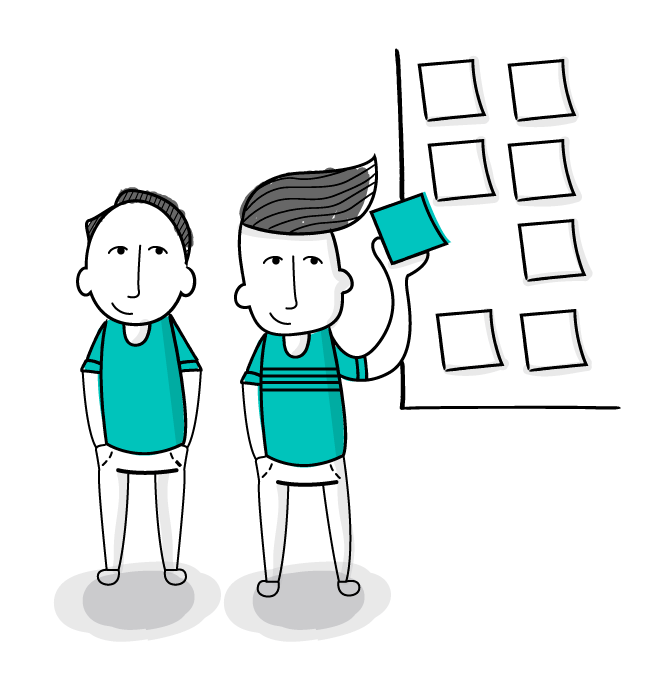Context mapping

Why?
Get an understanding of the context and personal experience of users with a product or service.
How?
Users actively participate in the design process from the early stages of design together with designers and stakeholders. A number of exercises allow users to relate to the topic through making things, doing things and talking about it.
Ingrediënts
- A pre-determined topic and an activity plan.
- Warm up exercises for the users (for example cultural probes) to do at home.
- An open mind and an ability to stimulate users to share and be creative.
- Video recording equipment and note taking materials to support analysis after the session.
In practice
Context mapping is particularly useful at the start of a very open-ended design project.
- Contextmapping is extensively treated in the Convivial Toolbox (Sanders & Stappers, 2013) in particular chapter 3 p64-74, and chapters 5-7 p127-207 are important as they present a practical how-to guide and lots of background information.